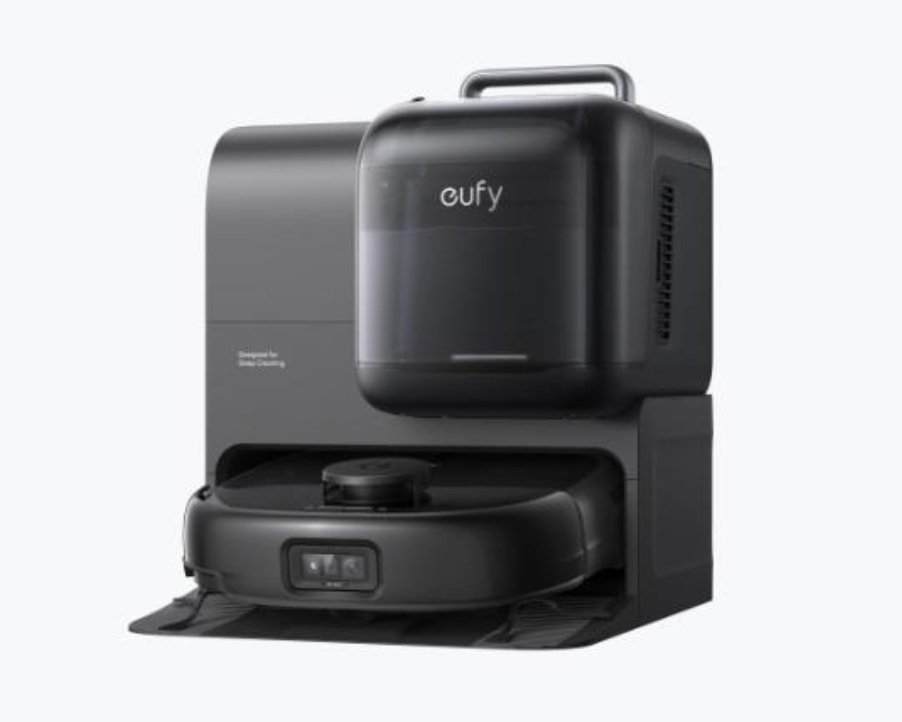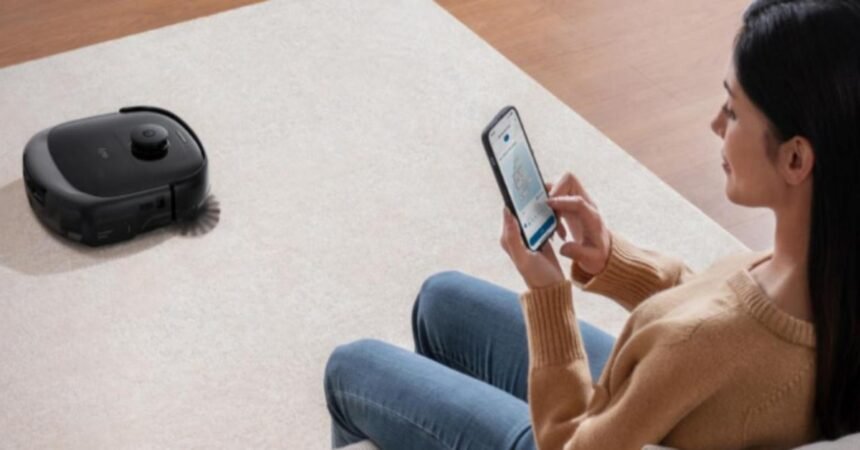Many robot vacuums promise effortless cleaning, but real-life conditions often reveal their shortcomings. Users commonly report that these devices fail to meet cleaning expectations due to design, user habits, and home-specific obstacles. Recognizing these issues early helps improve performance. Understanding the difference between marketing claims and practical function ensures better results from your device, whether it’s a robot vacuum or a robot hoover.
Design and Navigation
Struggles with Corners, Furniture, and Tight Spaces
Robot vacuums often face limitations when cleaning corners or navigating around furniture. Their circular designs prevent them from reaching sharp edges or narrow spots. Tight spaces between furniture can trap them, halting cleaning mid-task. These constraints cause missed debris and incomplete coverage. Choosing models with edge-cleaning brushes or adaptive navigation helps minimize such blind zones and ensures more consistent results.
Mapping Errors and Inconsistent Navigation Routes
Navigation algorithms help robots map rooms, but errors often occur due to lighting, layout complexity, or interference. Inaccurate mapping leads to skipped sections, repeated passes, and wasted battery life. When maps are inconsistent, cleaning becomes inefficient and fragmented. Regularly recalibrating the mapping system and removing obstacles can restore accuracy, ensuring your robot follows consistent, effective routes during cleaning sessions.
Sensor Blind Spots That Miss Dirt and Debris
Despite modern sensor technology, many robot vacuums still miss certain areas. Dust, hair, or small debris may escape detection if sensors are poorly positioned or affected by lighting variations. These blind spots, especially under low furniture, allow dirt to accumulate unnoticed. Routine sensor cleaning and placing the vacuum in well-lit environments can significantly enhance precision and cleaning performance.
Real-World Cleaning
Mixed Floor Types and Uneven Surfaces
Real homes feature varied flooring that challenges robot vacuums. Shifting from hardwood to carpet or over thresholds can disrupt traction and balance. Some vacuums may reduce suction or get stuck when encountering uneven surfaces or textured rugs. Selecting models with adaptive suction and strong wheel design helps maintain consistent cleaning results across diverse floor types and surfaces.
Pet Hair, Dust Buildup, and Everyday Clutter
Pet hair and clutter often cause major cleaning disruptions. Hair can’t tangle around brushes, reducing efficiency, while toys or cords block movement. Dust buildup over time further strains suction performance. Regularly decluttering floors and removing obstacles before running the vacuum ensures smoother operation. Models designed for pet owners help manage fur accumulation while maintaining optimal cleaning power.
Battery Life and Small Dustbin Capacity
Limited battery capacity and small dustbins are frequent causes of underperformance. Short battery life can stop cleaning before completion, while full bins restrict airflow and weaken suction. Emptying the dustbin frequently and using scheduled charging keep the device efficient. Investing in a model with a self-emptying base can further reduce interruptions and improve overall cleaning consistency.
Maintenance and User Oversights
Neglecting Filter and Brush Cleaning
Neglecting maintenance tasks like cleaning filters or brushes can lead to suction loss and poor debris pickup. Dust buildup clogs filters, blocking airflow and straining the motor. Hair tangles around the brush roll, slowing its spin and reducing cleaning effectiveness. Consistent cleaning of these parts keeps suction strong, ensures smooth movement, and prolongs the vacuum’s operational lifespan.

Ignoring Software Updates and Calibration
Many users underestimate the importance of software updates, yet these upgrades often fix navigation errors or optimize suction performance. Skipping updates leaves the vacuum vulnerable to inefficiencies. Similarly, neglecting calibration causes route inaccuracies and missed spots. Checking for firmware updates and recalibrating regularly ensures your vacuum operates with peak efficiency and navigational precision across all floor layouts.
Overloading the Vacuum Beyond Its Design Limits
Expecting a small robotic cleaner to handle large, cluttered rooms often leads to disappointment. Robot vacuums are designed for maintenance cleaning, not deep-cleaning messy environments. Overloading them with excessive debris or dense furniture layouts reduces effectiveness. Preparing rooms by decluttering and pre-cleaning high-traffic areas allows the robot to perform optimally, ensuring more reliable and efficient cleaning sessions.
How to Improve Robot Vacuum Performance
Optimizing Room Layout for Better Navigation
Strategically arranging furniture and removing unnecessary obstacles can enhance your robot vacuum’s navigation and coverage. Clear pathways ensure smoother movement and reduce the risk of getting stuck. Creating a more open layout also helps sensors work accurately. Small changes—like lifting chairs or tucking cables away—make a noticeable difference in how effectively your vacuum cleans each room.
Creating a Consistent Cleaning Schedule
Consistency is key to maintaining clean floors. Establishing daily or alternate-day cleaning routines prevents dirt buildup and allows the vacuum to handle smaller messes more efficiently. Regular scheduling also helps extend the machine’s lifespan by preventing motor strain from excessive dust accumulation. A predictable routine simplifies home maintenance while ensuring the environment remains clean and welcoming.
Combining Robot and Manual Cleaning for Best Results
While robot vacuums are excellent for daily upkeep, they cannot completely replace manual cleaning. Combining robotic automation with traditional vacuuming or mopping delivers the best results. The robot handles surface debris and light dust, while manual cleaning tackles deeper grime or stubborn stains. Together, this hybrid method ensures your home stays consistently spotless and hygienically maintained.
Conclusion
Robot vacuums often underperform in real homes due to design, navigation errors, and overlooked maintenance. However, these issues are manageable through consistent care, optimized room layouts, and realistic expectations. By cleaning filters, updating software, and combining robotic and manual cleaning methods, users can unlock their device’s full potential. With these improvements, your vacuum becomes a dependable partner in maintaining everyday household cleanliness.







